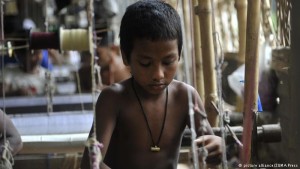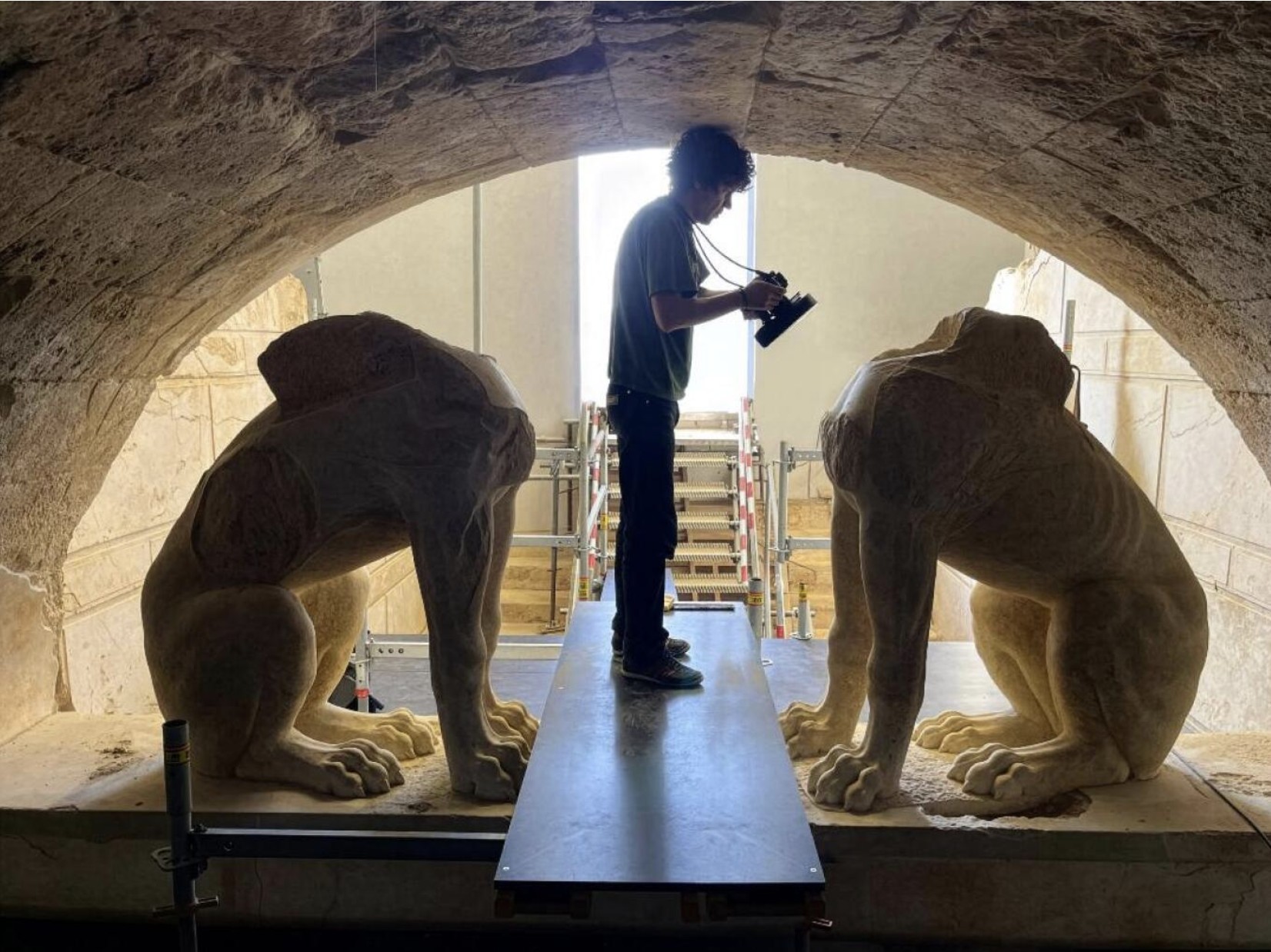Bangladesh is now becoming one of the largest countries of origin for migrants to Italy. What are the reasons behind this, and what routes are they taking?
According to the Italian Ministry of Interior and the International Organization for Migration (IOM), 4,645 Bangladeshi nationals arrived in Italy in April 2017. In April 2016, there were only three. In comparison, 5,253 Nigerians came in April 2017 and 4,311 came in April 2016.
Many of these Bangladeshis are looking for work: a 2013 World Bank report found that 41 percent of Bangladeshi youth are not in employment, education or training. This lack of opportunity makes many of them take their chances to head for Europe.
In the past, many Bangladeshis would go work in wealthy Gulf states such as Saudi Arabia, Qatar or the United Arab Emirates. But work there is becoming more scarce due to falling oil prices in recent year, and human rights violations are rampant in those countries due to a migrant worker system called “Kefala.” The “Kefala” system sponsors migrant workers to come to these countries, but once the workers come, their passports are often taken away and they face abuse by the company that sponsored them, according to Human Rights Watch. South Asian migrants in Gulf countries also face worse pay than those migrants from Arab or Western countries.
An illegal journey
A number of illegal agencies and networks in Bangladesh have sprung up to help potential Bangladeshi migrants to make the journey to Europe, according to the IOM. The migrants might go to Dubai or Turkey first, then fly to Tripoli, Libya. Although the Bangladeshi government has banned its citizens from going to Libya, many of them still manage to get there.
According to the IOM, agents demand up to 10,000 dollars to take Bangladeshis on this journey. When they reach Libya, they will try to then take a boat to Italy. This part of the journey from Italy to Libya they will have to make themselves. It is said to cost around 700 dollars with the help of a smuggler. The passage is one of the world’s deadliest, with more two thousand people who have drowned or gone missing on the journey so far this year.
Agencies and smugglers
There were also tens of thousands of Bangladeshis who were living in Libya when former dictator Muammar Gaddhafi was ousted in 2011. These Bangladeshis are also taking the Mediterranean route to escape the Libyan Civil War.
Once in Italy, Bangladeshis try to send money back home. According to the World Bank, Bangladesh received 15.388 billion dollars in remittances in 2015. Many of the Bangladeshi want to go to Europe to try and send back money back home – often by taking up illegal work. Due to the Bangladeshi economy not being in the greatest state, it is very common for Bangladeshis to send money back home to their wives and families.
Due to the ever higher number of Bangladeshi migrants, the number of Bangladeshi nationals in Italy should continue to rise. In 2013, a report from the Italian Ministry of Labor and Social Policy found that over 100,000 Bangladeshi nationals were living in the country.
Ask me anything
Explore related questions





